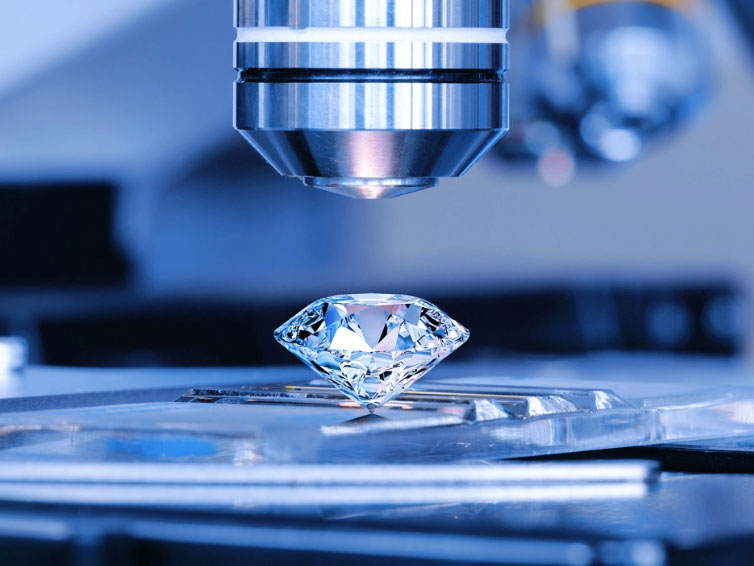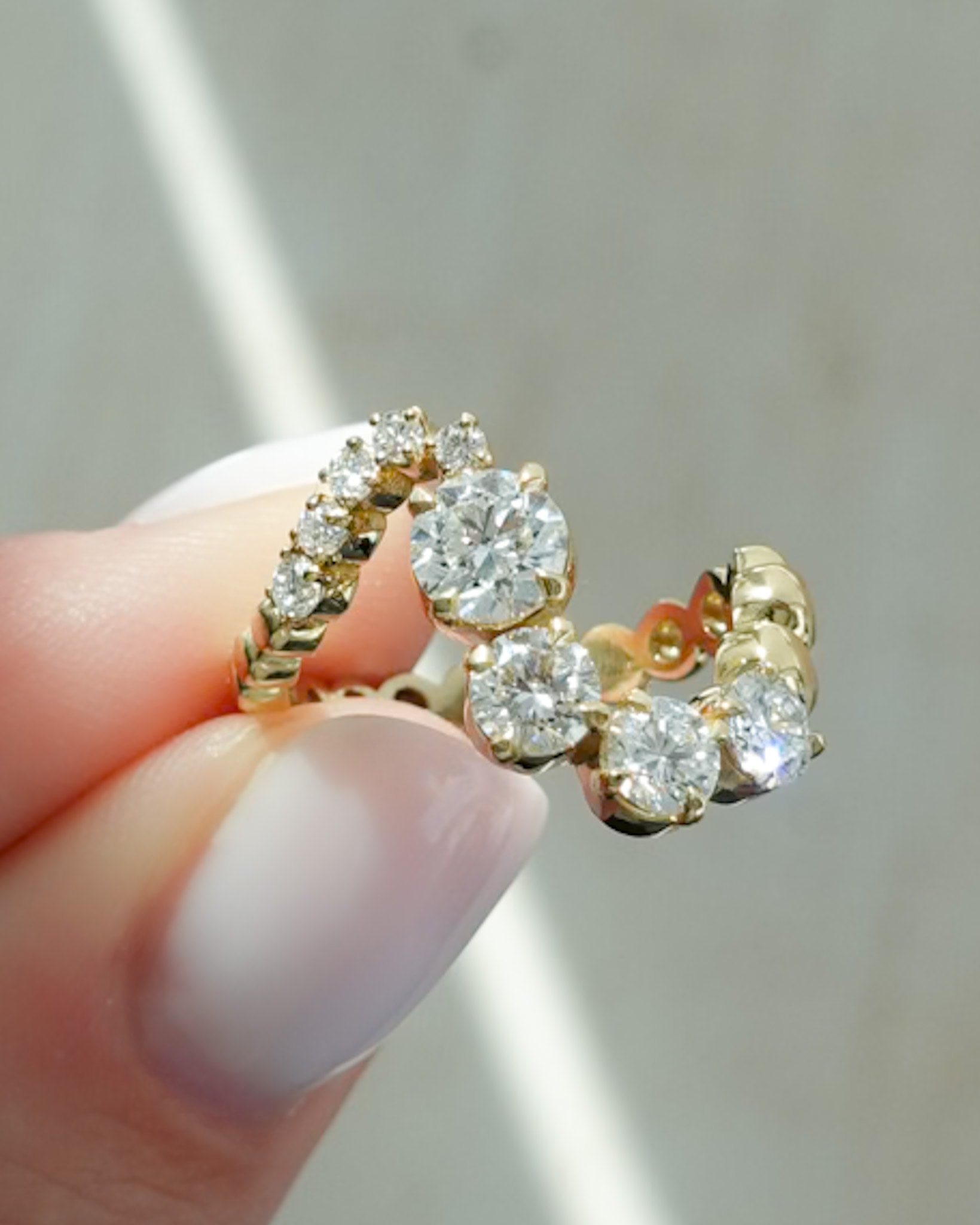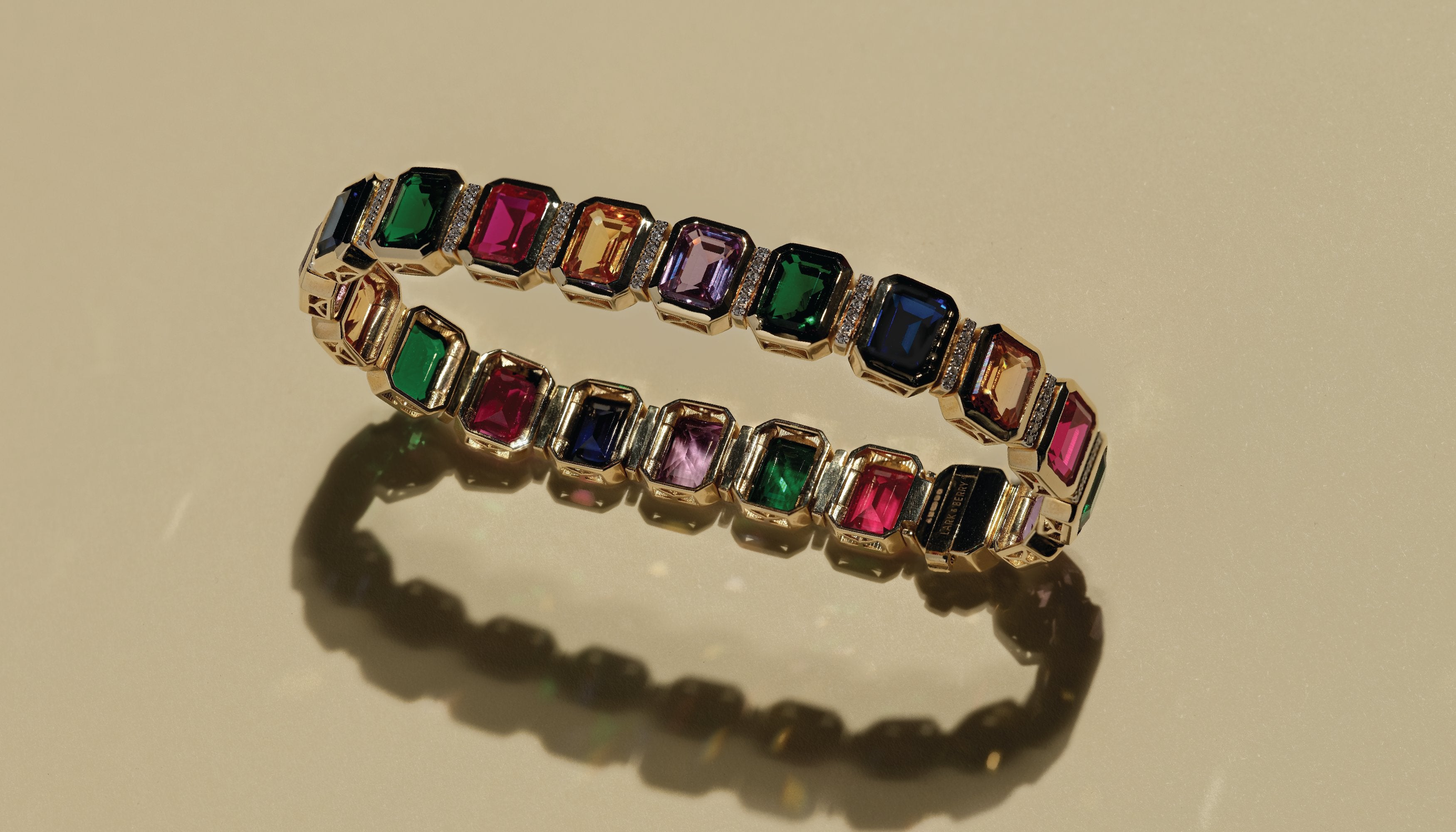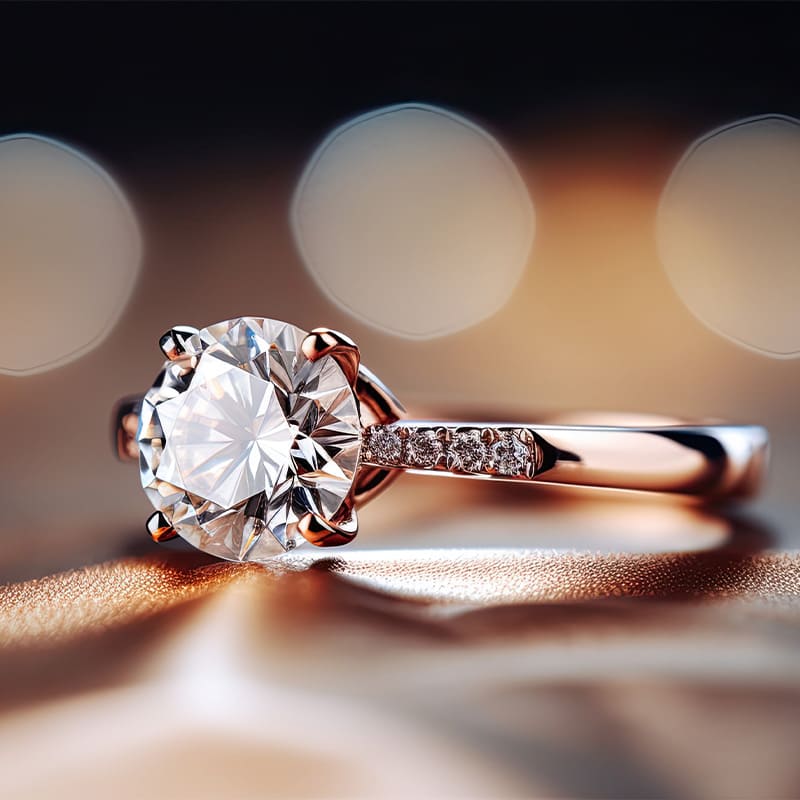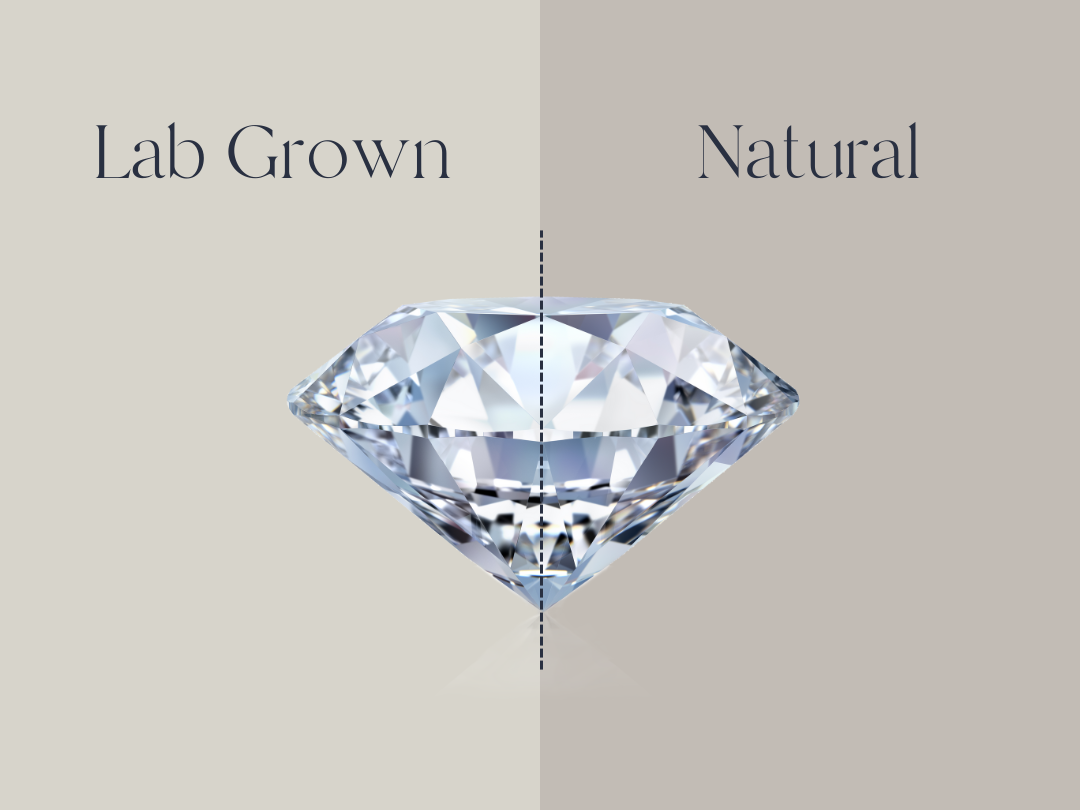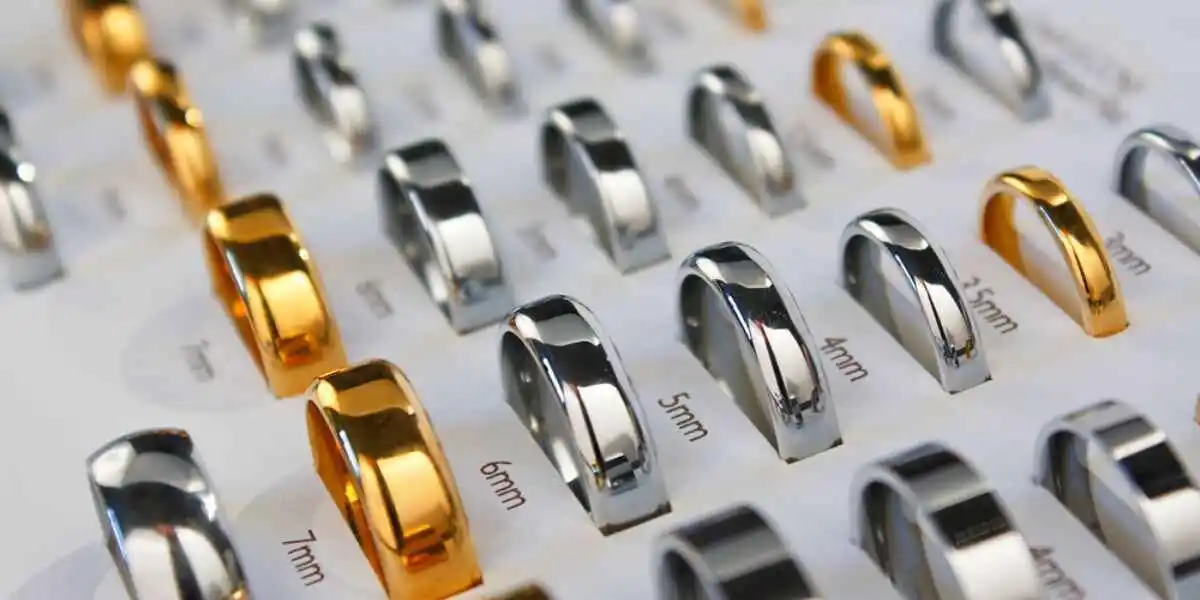Introduction
Diamonds have long been symbols of luxury, romance, and timeless beauty. Whether you’re planning to buy an engagement ring, a special gift, or an investment piece, the choice between mined and lab diamonds is significant. Understanding the differences can help you make an informed decision that aligns with your values and preferences.
What are Mined Diamonds?
Mined diamonds are natural stones that are formed deep within the Earth’s mantle over billions of years under intense heat and pressure. These gems are brought to the surface through volcanic eruptions and are then extracted through mining. Historically, mined diamonds have been cherished for their rarity and natural origin.
How are Mined Diamonds Extracted?
Mining diamonds involves several methods, the most common being open-pit mining and underground mining. Open-pit mining removes large amounts of rock to access the diamond-rich kimberlite deposits. Underground mining, on the other hand, involves tunneling to reach deeper deposits. Both methods have significant environmental impacts, including habitat destruction and carbon emissions.
What are Lab Diamonds?
Lab diamonds, also known as synthetic or cultured diamonds, are created in controlled laboratory environments. These diamonds are made using advanced technological processes that mimic the natural conditions under which diamonds form. The result is a diamond that is chemically, physically, and optically identical to a mined diamond.
How are Lab Diamonds Created?
High Pressure High Temperature (HPHT)
The HPHT method replicates the high-pressure, high-temperature conditions found deep within the Earth. A small diamond seed is placed in carbon, subjected to extreme pressure and temperature, and over several weeks, mined or lab diamonds, a diamond crystal forms around the seed.
Chemical Vapor Deposition (CVD)
In the CVD process, a diamond seed is placed in a chamber filled with carbon-rich gas. The gas is ionized into plasma, breaking down the molecular bonds and allowing carbon atoms to attach to the seed, forming a diamond layer by layer. This method allows for more precise control over the diamond’s properties.
Comparing Mined and Lab Diamonds
Visual Similarities
To the naked eye, mined and lab diamonds appear identical. Both have the same brilliance, fire, and sparkle that make diamonds so captivating. Only specialized equipment can distinguish between the two.
Chemical Composition
Both mined and lab diamonds are composed of pure carbon arranged in a crystal lattice. This structure gives diamonds their renowned hardness and light-reflecting properties.
Physical Properties
Mined and lab diamonds share the same physical properties, including hardness (10 on the Mohs scale), refractive index, and density. They are equally durable and suitable for everyday wear.
Cost Differences
Price Comparison
Lab diamonds are generally 20-40% less expensive than mined diamonds of comparable size and quality. This price difference is due to the lower production costs and shorter supply chain of lab-grown diamonds.
Factors Affecting Cost
The cost of both types of diamonds is influenced by the four Cs: carat, cut, color, and clarity. Additionally, the rarity of certain colors and the quality of the diamond’s cut can significantly affect the price.
Ethical Considerations
Environmental Impact
Mining diamonds has a substantial environmental footprint, involving land disruption, water use, and greenhouse gas emissions. Lab diamonds, on the other hand, have a smaller environmental impact, using less water and energy and causing minimal land disturbance.
Human Rights Issues
The diamond mining industry has been associated with human rights abuses, including forced labor and conflict diamonds that fund armed conflicts. Lab diamonds offer an ethically sound alternative, as their production does not involve exploitative labor practices.
Sustainable Practices
Many consumers are turning to lab diamonds for their sustainable and ethical advantages. Companies producing lab diamonds often adhere to strict environmental and labor standards, providing a more transparent and responsible option.
Quality and Certification
Grading Standards
Both mined and lab diamonds are graded by the same criteria: the four Cs. Reputable gemological institutes, such as the GIA (Gemological Institute of America), provide certification that ensures the diamond’s quality and authenticity.
Certification Processes
When purchasing a diamond, look for certification from a recognized institution. This guarantees that the diamond has been evaluated by experts and meets industry standards, regardless of whether it is mined or lab-grown.
Consumer Preferences
Trends in Consumer Behavior
There is a growing trend toward lab diamonds, driven by their ethical and environmental benefits. Millennials and Gen Z, in particular, are more conscious of sustainability and are opting for lab-grown options.
Influence of Marketing
Marketing plays a significant role in shaping consumer preferences. Jewelers and diamond retailers often emphasize the origins and benefits of both mined and lab diamonds, helping consumers make informed choices.
Investment Value
Resale Value
Mined diamonds traditionally have higher resale value due to their perceived rarity and historical significance. Lab diamonds, while gaining acceptance, currently have lower resale value, though this may change as they become more popular.
Long-term Investment Potential
For those considering diamonds as an investment, mined diamonds are still viewed as a more stable and valuable option. However, the increasing acceptance of lab diamonds could enhance their investment potential in the future.
Customization and Availability
Design Flexibility
Lab diamonds offer greater flexibility in customization. Because they can be created to specific specifications, they allow for unique designs and personalization that might be harder to achieve with mined diamonds.
Availability in the Market
Lab diamonds are readily available and can be produced on demand, ensuring a consistent supply. Mined diamonds, depending on market conditions and mining output, can sometimes be less predictable in availability.
Common Misconceptions
Myths about Lab Diamonds
One common myth is that lab diamonds are not real diamonds. In reality, they are chemically and physically identical to mined diamonds. Another misconception is that lab diamonds are of lower quality, which is not true given the controlled conditions of their creation.
Misunderstandings about Mined Diamonds
Some believe that all mined diamonds are conflict-free, but the reality is more complex. It’s important to seek out diamonds certified as conflict-free to ensure ethical sourcing.
Future of the Diamond Industry
Innovations in Diamond Creation
Technological advancements are continually improving the quality and efficiency of lab diamond production. Innovations may lead to even more sustainable practices and higher-quality stones.
Market Projections
The market for lab diamonds is expected to grow significantly, driven by consumer demand for ethical and environmentally friendly products. This growth could reshape the diamond industry and influence the future of diamond mining.
Conclusion
Choosing between mined and lab diamonds ultimately depends on your values, budget, and preferences. Both types of diamonds offer unique benefits, from the historical allure of mined diamonds to the ethical and sustainable appeal of lab diamonds. By understanding the differences and considering your priorities, you can make a choice that you’ll be happy with for years to come.




